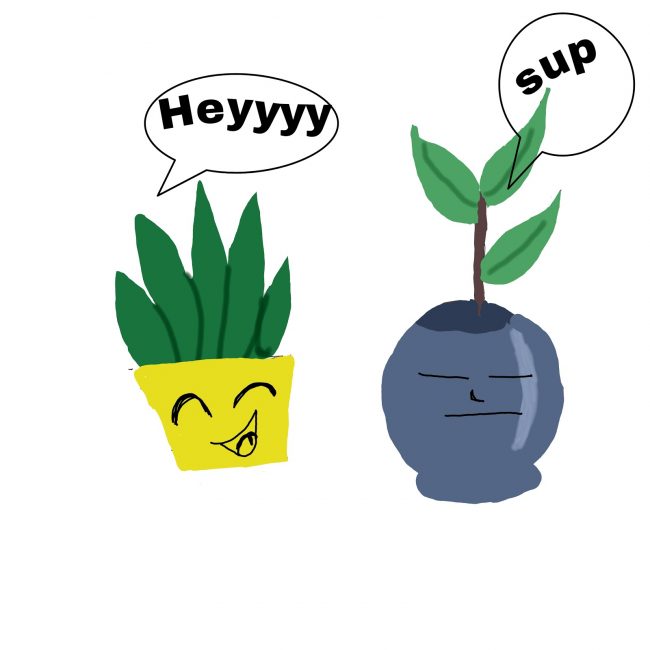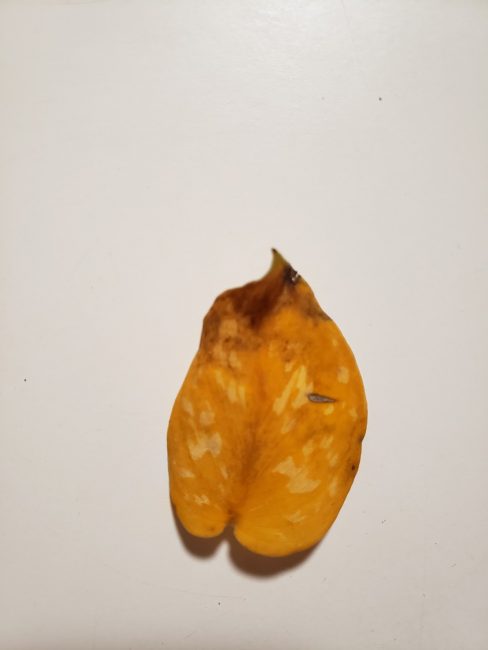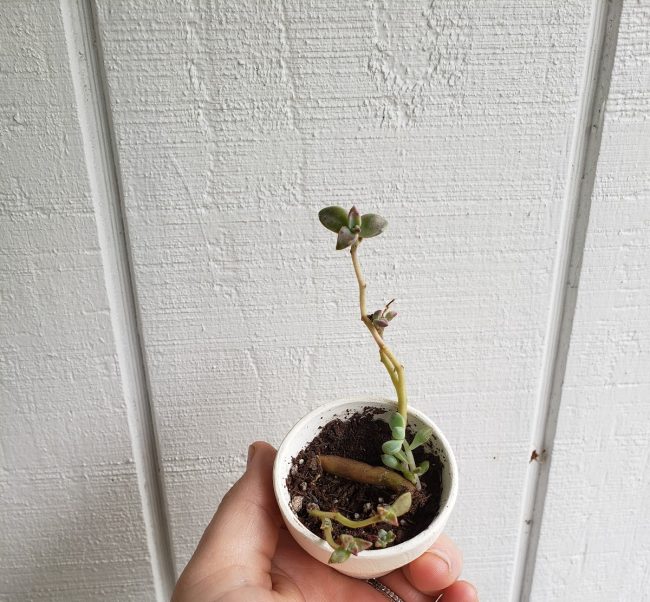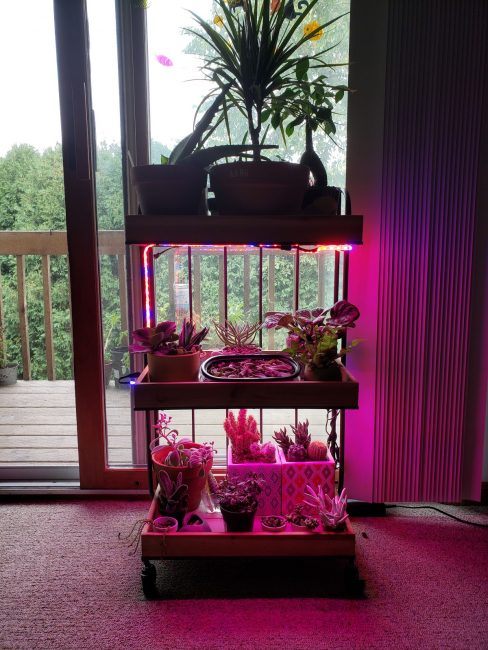Is Your Plant Talking to You?

I’m not saying that the plant is whispering sweet nothings in your ear as you walk by it. While your plant babies may not verbally talk to you, a plant will actually physically change in appearance when it isn’t happy.
While growing plants in your home and yard can be relaxing it can also be stressful (especially when your plant isn’t happy).
So what does your plant talking to you, actually mean?
To be happy or to be sad, that is the question (see what I did there).

Sometimes when you buy a plant, you buy it just to buy it may be because you LOVE the appearance of it or you like the uses of it. When you buy a plant out of impulse, you only have a slight idea of how to care for it or none at all. I am guilty of buying plants just because they are SO stinking adorable I can’t help myself. Then it seems like suddenly overnight they die.
Well, they don’t actually die overnight, the plants give you signs when it isn’t happy and if you know what to look for on the plant.
So what do YOU look for when you look at your plants, what are the signs that the plant gives when it isn’t happy?
How do you tell if your plant isn’t happy?
A wilted leaf, a yellow leaf, a curled leaf, a green leaf; what do these signs mean? When something like this happens, your leaf is talking to you.

It’s not verbally talking to you (don’t worry I’m not that crazy), but think of the changes as the plants’ sign language, without verbally speaking the plants tell you/to indicate to you that they are happy or upset.
While I have many plants, there is one plant that I know I can count on to be very loud and proud if it isn’t happy.
My cute pink nerve plant (also known as Fittonia Albivensis), will dramatically “faint” if it goes too long without water. When it has gone limp, all I have to do is give her a good drink of water, and she is right as rain.

What about a yellow leaf, what do they mean? When a leaf gets old, it will eventually die off and turn yellow. However, while a leaf dying off and getting replaced by a new one is healthy, some instances of yellowing leaves are not healthy. A myriad of situations can cause yellowing leaves, but don’t fret the reasoning behind this article is to set you on the right path of understanding your plants.
Yellowing can mean:
Overwatering / Underwatering: Are you overwatering your plant? ( ⇐ I am guilty of this one, I love them WAY too much). Can your soil be compared to the Sahara Desert?
Temperature: Is your plant close to cold drafts (like an AC vent) or a door that is opened a lot in cold weather.
Nutrient Problem: Too much fertilizer? Poor Soil Quality? Too little fertilizer?
Lighting: Too much light or too little light.
How do you know which problem it is?
If you are overwatering/underwatering it this can be checked with a couple ways.One is a finger test. If you don’t mind getting your fingers dirty, stick it into the soil to see if it is wet/ moist. If it is wet, when is the last time you watered? If you can’t remember, this is probably the cause of your plant’s unhappiness.
Another way to check if you don’t want to be constantly jamming your finger into soil is buy a moisture meter.
Another way is to use chopsticks or plain bamboo skewers.
Insert a chopstick into the soil and leave it in there for a minute or so and pull out slowly. If the chopstick is dry, it’s time to water. If it has soil clumps on it and has visual watermarks, you should probably hold off watering for a week or so, depending on your climate and how much sunlight your plant gets.
If you have ruled out the watering issue, congratulations, you have ruled out the most common problem among plants.

If you suspect it is a cold temperature issue, move it away from the cold draft or AC vent.
Overfertilization will be primarily shown in the lower leaves because they will begin to yellow and or have brown edges. To fix this, you must leach the soil. Leaching means to run water through the soil to get rid of the extra nutrients. This must happen approximately four times.
It is difficult to discern from over and under fertilization because the symptoms are very similar. To try and avoid issues with fertilization it is best to look up a fertilization schedule for that specific type of plant. If you are worried about forgetting the information for that plant, start a plant journal and write it in the note section of when you last fertilized and any other information that you believe it important.
Lighting is very important for any plant, even for those considered low light. How do you know if a plant is not getting enough light?
They will start to reach for the light. Do you notice your plant leaning to one side, if you do insufficient lighting is to blame. To help the plant you can always twist it around every few days.
Another way to know if your plant doesn’t have enough light is leaf growth. Many plants will have smaller leaf growth, or stopped growing new leaves all together and may become leggy. Leggy means the new growth is mostly stem in comparison to leaves.

This is a leggy succulent, to fix it, you can behead the succulent and allow the remaining stem to callous over, and plant into fresh soil.
If you find that the windows in your house do not provide sufficient lighting for your plant babies then it may be time to look into grow lights. I have one set of grow lights in use to add more light to my shelf that houses a majority of my succulent collection. The grow lights I have are nice because they have a built in adhesive so that you can stick them virtually anywhere.

This is my personal set up, grow lights are adhered to the bottom of the shelves. At the end of the day, go with whatever set up works best for you!
This article is by not meant to diagnose all issues with indoor plants, but hopefully serves as a starting point for what to look into if you suspect your plant is unhappy.
I hope you found this article interesting! If you have any comments, please comment below!